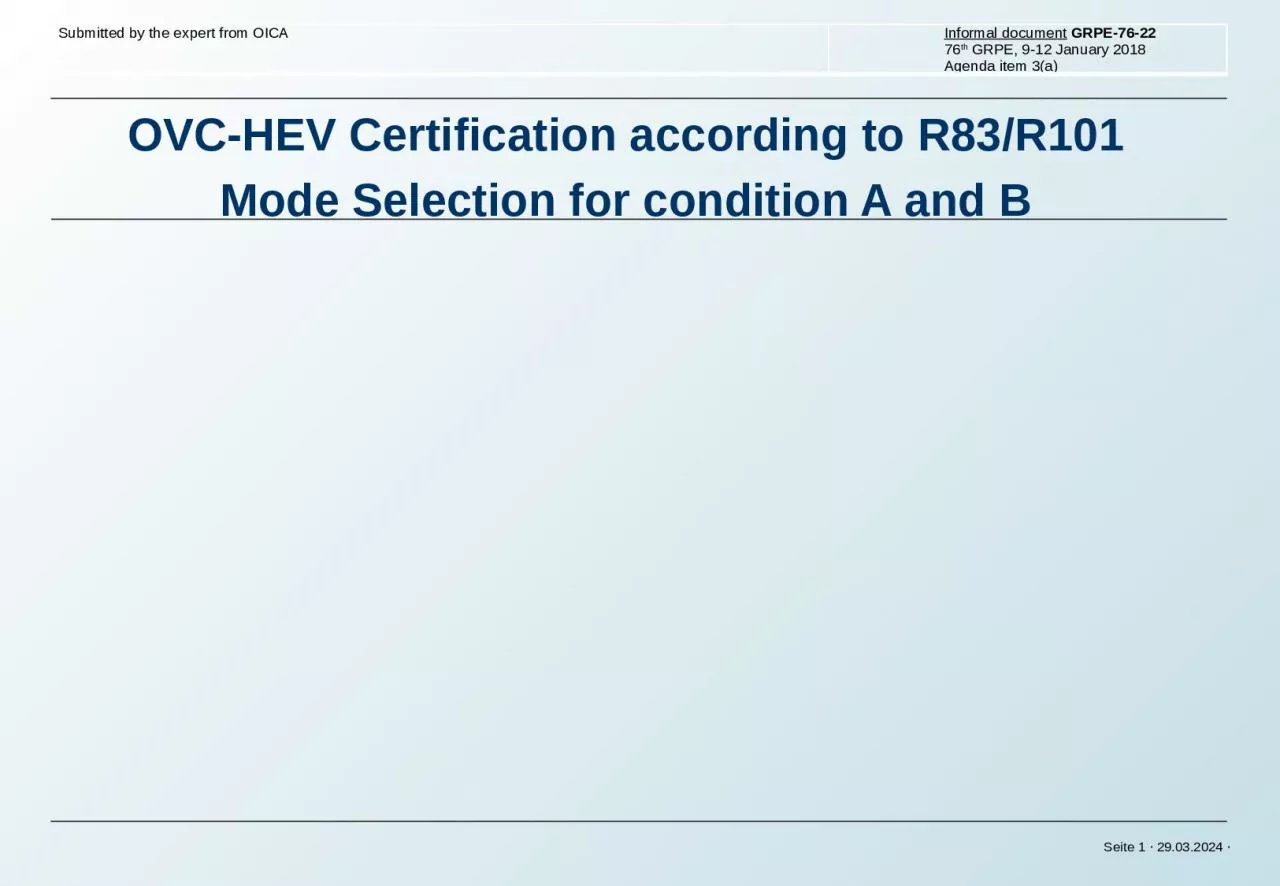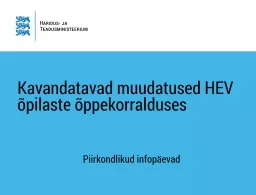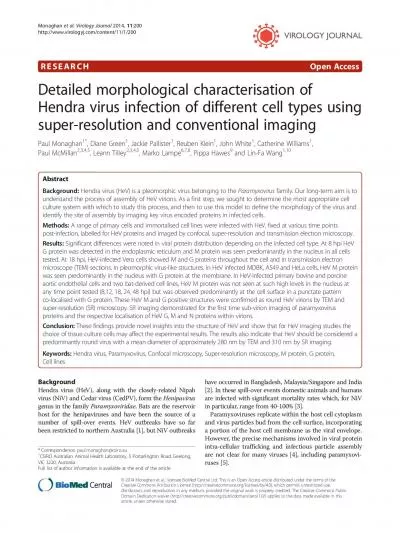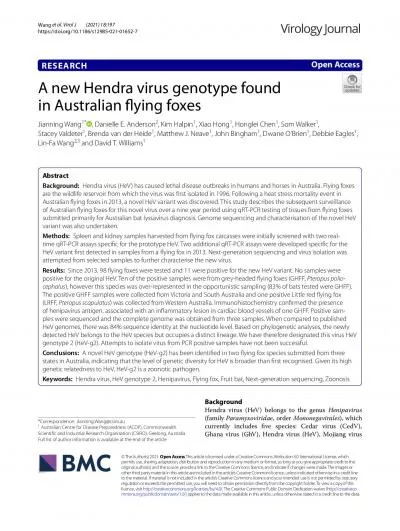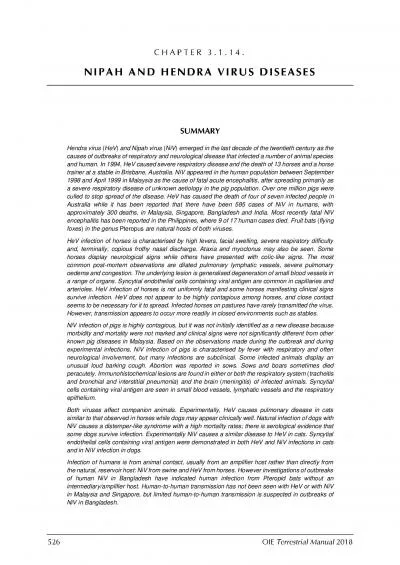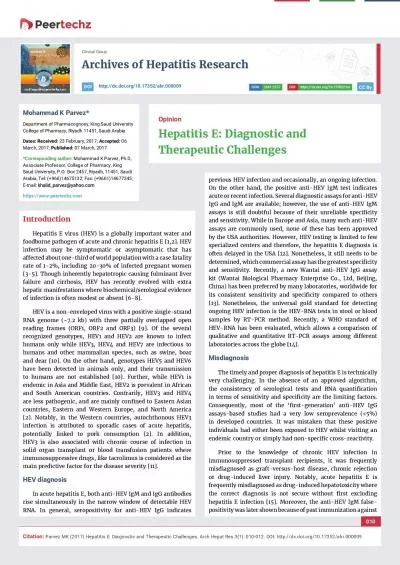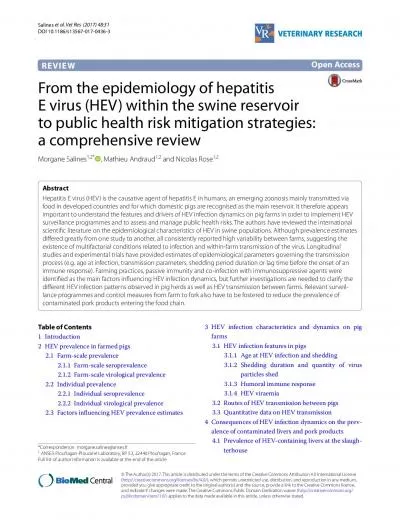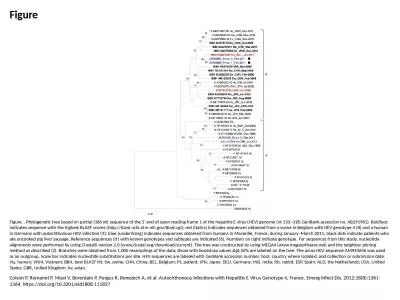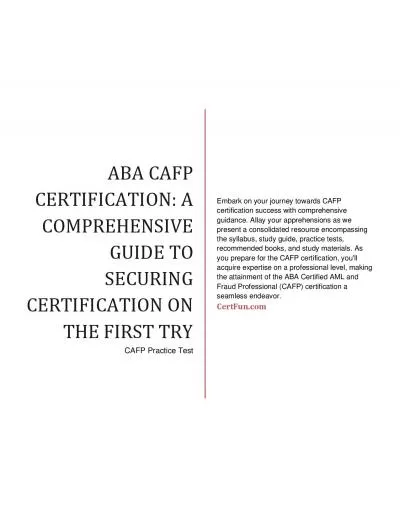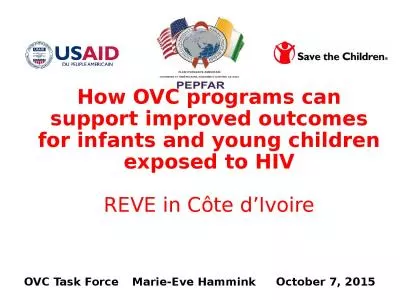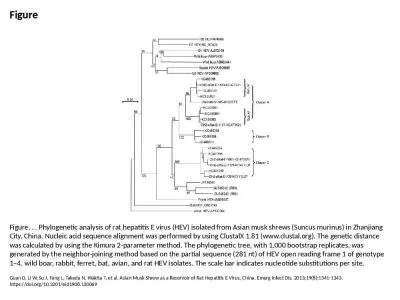PPT-OVC-HEV Certification according to R83/R101
Author : cappi | Published Date : 2023-07-17
Mode Selection for condition A and B Submitted by the expert from OICA Informal document GRPE7622 76 th GRPE 912 January 2018 Agenda item 3a OVCHEV Certification
Presentation Embed Code
Download Presentation
Download Presentation The PPT/PDF document "OVC-HEV Certification according to R83/R..." is the property of its rightful owner. Permission is granted to download and print the materials on this website for personal, non-commercial use only, and to display it on your personal computer provided you do not modify the materials and that you retain all copyright notices contained in the materials. By downloading content from our website, you accept the terms of this agreement.
OVC-HEV Certification according to R83/R101: Transcript
Download Rules Of Document
"OVC-HEV Certification according to R83/R101"The content belongs to its owner. You may download and print it for personal use, without modification, and keep all copyright notices. By downloading, you agree to these terms.
Related Documents

